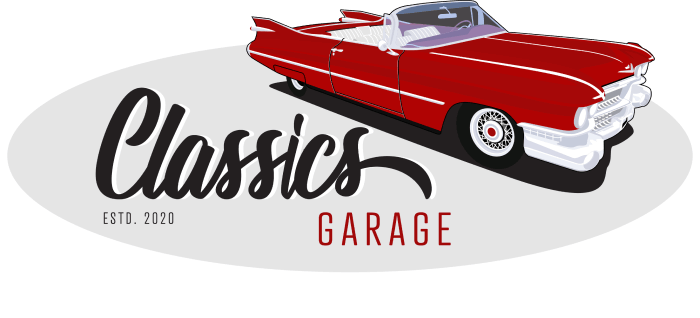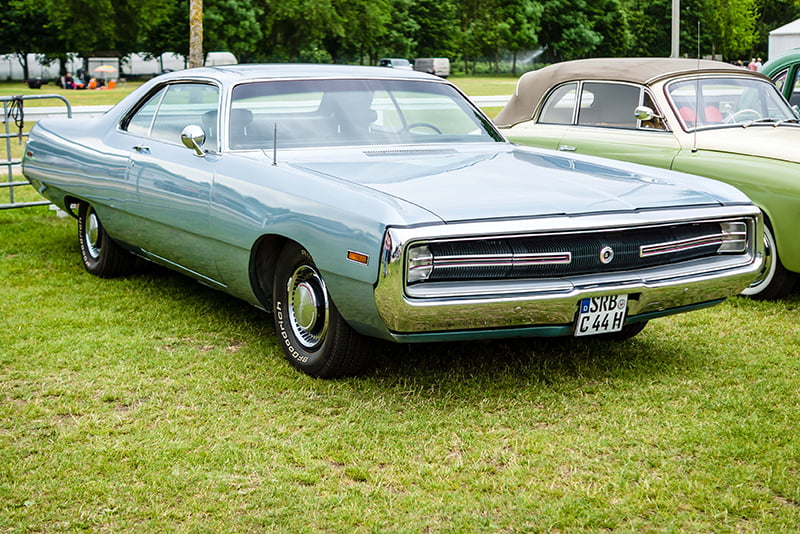Often regarded as one of the most commonly overlooked American muscle cars, the Chrysler 300 Hurst was designed for yuppies – but is beloved by revheads.
In 2021, Chrysler is one of the brands under Fiat Chrysler Automobiles (formerly FCA, now Stellantis), and includes subsidiary companies such as Dodge, Jeep, Ram, Maserati and Fiat. In today’s market, Chrysler is best known for its well-rounded, luxurious 300 sedan series. However, most consumers tend to forget that the origins of the modern, chiseled Chrysler 300 actually stretch as far back as the 1950’s, where the series was manufactured for the needs of an entirely different generation.
The Origins Of The Chrysler 300 Hurst
Starting in 1960, Chrysler became the only one of the Big Three American automakers (General Motors Corporations, Ford Motor Company, and Chrysler) to offer unibody construction on the vast majority of their product lines. This construction technique, which of course is now the worldwide standard, offered advantages in vehicle rigidity, handling, and crash safety, while also reducing squeak and rattle development as the vehicle ages. The company was also the first to announce electronic fuel injection as a production option in the late 1950’s.
Needless to say, Chrysler as a corporation had already established themselves as a dominant player in the American automotive industry. After the events of World War II, the 300 “letter series” cars were among the vehicles built by domestic United State manufacturers, and were specifically designed to focus on performance. Although full size and relatively expensive at the time, the first 300 series models released in 1955 are often considered to be the ancestors of what we’ve come to recognise as an American muscle car.
In the 1960’s, American automobile enthusiasts were usually chasing three things – acceleration, attitude and affordability. While the 300 series models from Chrysler initially weren’t considered to be remotely affordable, they did manage to tap into the public’s almost insatiable appetite for higher horsepower. Although the bodies of the Chrysler 300 series were initially quite large, consumers forgave this in favour of the ultra powerful V8’s that served as compensation.
After the initial year, which was named C-300 for its standard 300 hp (220 kW) V8 engine, the 1956 cars were designated 300B. Successive model years were given the next letter of the alphabet as a suffix (skipping “i”), reaching the 300L by 1965, after which the model sequence was discontinued.
Just five short years later, Chrysler dropped some surprising news – the 300 series was getting one last moment in the spotlight. The 1970 Chrysler 300 Hurst was marketed as an ultra exclusive, high-performance variant of the luxury 300, built with the input of aftermarket parts manufacturer Hurst Performance.
The Chrysler 300 Hurst models were all two door vehicles, and shared a white and gold paint scheme similar to the Oldsmobile and Pontiac Hurst models of the same era. The scooped hood and trunk lid were both fiberglass, and all of the Chrysler 300 Hurst models featured satin tan leather interiors. All came with the 375 hp (280 kW) 440 cu in (7.2 L) 4-barrel TNT V8 engine, as the big wigs at Chrysler were acutely aware of the public’s desire for big, flashy cars – so much so, that the aesthetic ditched the squared-off, stodgy look of the mid-’60s full-sized Chryslers for a look that was more streamlined, yet also ratcheted up the visual menace. This was due in no small part to the new full-width grille with hideaway headlights.
If the Chrysler 300 Hurst models were really that good, then why aren’t they more well known? At the time, the very name Hurst was synonymous with high performance vehicles, which made them a logical choice in a production partner. However, part of the problem was that both Chrysler and Hurst assumed the other would handle marketing. As a result – neither of them did.
The appeal of the Chrysler 300 Hurst is that it’s one of the rarest models in the world today – like really rare, since only 501 were ever manufactured. For vintage car lovers and automotive enthusiasts in Australia, getting your hands on a 1970 Chrysler 300 Hurst can be a tough one – however, one just happens to reside in the collection at Brisbane based Classic’s Garage.
Finding a fellow vintage auto enthusiast can feel a bit like finding a needle in a haystack, but rest assured that Wayne understands the thrill more than most. Having spent forty years collecting anything and everything from matchbox cars to hub caps, he’s successfully followed his passion to source, collect and stock beautiful and low mileage classic automobiles from around the world.
With our showroom conveniently located at Seventeen Mile Rocks, if you would like to arrange a viewing or inspect any other of our classic vehicles, please get in touch with us today.

